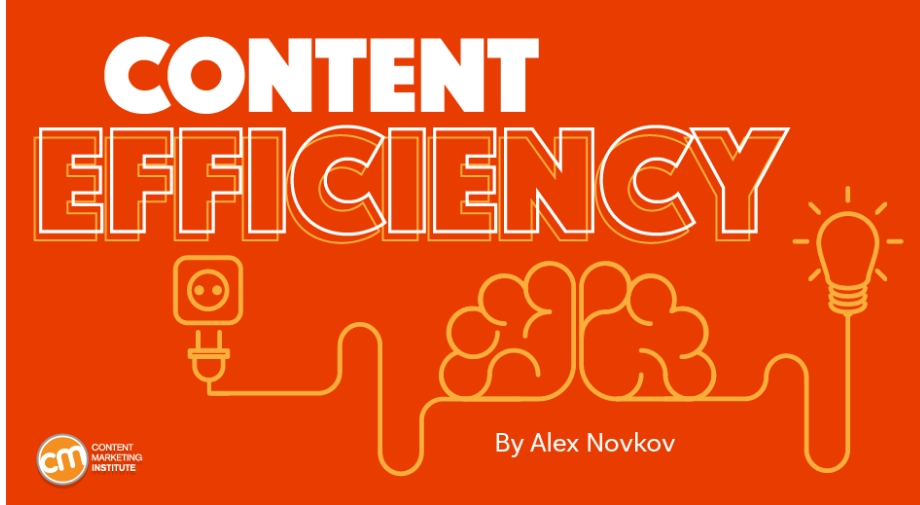You frequently discuss quality, conversions, and brand alignment. Your primary concerns center around the awesomeness of what you do and the results of that work. Any talk of systems and processes usually takes a back seat.
However, for more marketing teams, the system conversation is moving into the front seat because a system can direct you to do the right work at the right time with as little waste as possible.
We at AgileSherpas did a 2024 survey (registration required) that found huge growth in understanding the need for marketing process optimization and facilitating business agility in general. Eighty-six percent of marketing organizations say they plan to transition some or all their teams to Agile ways of working this year.
Note: CMI uses Agile (capital A) to describe the process and agile (lowercase a) to describe the general idea of moving quickly and easily.
Interest in Agile marketing is one thing, but a full-scale transformation can overwhelm. To help, consider these most popular Agile practices. You can apply them quickly together or separately and boost your marketing efficiency to maximize its awesomeness.
1. Plan in iterations
The planning process is often far from efficient, especially in larger organizations. Mapping content marketing execution in excruciating detail for the coming year is an old-school and still widely adopted approach. It’s one of the main culprits of inefficiency.
In theory, a year-long plan gives direction to your content marketing strategy, but in practicality, it breaks down under changing circumstances. When unplanned barriers appear, most (if not all) elements of the original plan must be changed to account for the new reality.
Not only does this create chaos and uncertainty within your team, but revising your plan documentation generates administrative overhead. It wastes time that could have been spent on execution.
Innovative marketing leaders experiment with an Agile approach to plan in short-term iterations. They create a shared understanding around the long-term goal while allowing the team to figure out the details along the way. Whereas traditional planning is done annually, rigid, and can become irrelevant, planning in iterations is short term, flexible, and relevant.

How an Agile-based plan works
To illustrate the difference between traditional and iterative approaches, let’s use a typical content marketing plan.
Traditionally, a content marketing plan would document 12 months of content assets to create and deliver, including titles, target keywords, campaigns to support, publishing dates, authors, and as many other details as you could collect.
In Agile planning, you start with the desired results from your content marketing strategy for the year (e.g., generate 2,000 marketing-qualified leads from the blog). Then, you anticipate the effort to achieve those results (e.g., publish three SEO-optimized blog posts per week and actively promote each for three weeks on social media).
In Agile, you don’t waste time detailing the blog posts and their titles, nor do you schedule posting dates on the social media calendar. Instead, after agreeing on the deliverables, you lay out the specifics for the next month’s blog posts and keep your social media calendar flexible. If something happens that makes the planned content irrelevant, you can respond swiftly and act decisively.
Repeat this process monthly to remain agile and account for changing circumstances…Read More

